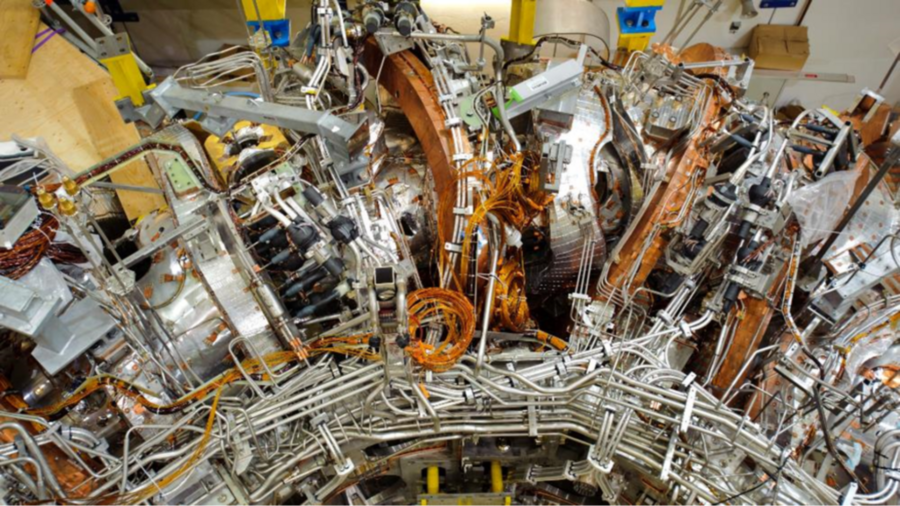Our advanced 4-channel Q.bloxx A105 measurement module sets new standards in terms of stability and precision. For many different applications, the extremely precise and stable measurement of temperatures is an absolute prerequisite for the control of processes or the success of product innovations. In addition to the essential precision, particularly important aspects of this are the maintenance of stability when changes occur in the ambient temperature and ensuring long-term stability.
Key Features:
- 4 galvanic isolated input channels for cryogenic sensors
e.g. Type Cernox, Type TVO
input range selectable 6500 Ω and 20000 Ω - Sensor excitation 7.5 µAeff only
avoids self-heading of the sensor - Individual linearization of the sensor characteristics
Sensor specific linearization by using 32 nodes and archive in a sensor data file. Import of manufacturers calibration data - High accuracy digitalization
24 bit ADC, 10 Hz sample rate per channel
More articles
Q.series X A192
The Multifunction Module when Flexibility and the Highest Performance Matters Most
Read more...Q.series interface with the Moog Aerospace Test Controller
The amount of data generated in an aircraft structural test program continues to grow. The density of load introduction points (actuators) and sensors (strain gauges, thermocouples, LVDTs) on a test article is increasing progressively and model validation requires higher data sample rates to capture more detail. The risks and costs involved in aircraft validation and certification are significant, and the requirement for quick entry-into-service is high. To minimize the impact of retrofitting in-service aircrafts, the ability to generate test results quickly is crucial to the success of a test program.
Read more...Fuel Cells: Advanced Measurement Techniques and Navigating the Hydrogen Market
The energy landscape is in a state of flux, shifting towards sustainable practices, and fuel cells have risen as a promising beacon of renewable energy. The mastery of fuel cells, their inner workings, and the nuances of their measurement, is central to this paradigm shift towards green energy. These devices, which are essentially electrochemical cells that transform chemical energy into electricity, promise a more sustainable, carbon-neutral future, provided we can harness their full potential. This blog post delves into the captivating scientific universe of fuel cell measurement, elaborating on the methodologies, complexities, challenges, and breakthroughs that make fuel cell technology so intriguing.
Read more...Gantner on expansion course
In 2014 Gantner Instruments GmbH moved into its new, energy-efficient company building in Schruns. The modern building with an area of 1000 m² has been designed from the beginning to offer the possibility of extension. This option was used in 2017 by the company, which has a steady double-digit growth per year since its inception.
Read more...